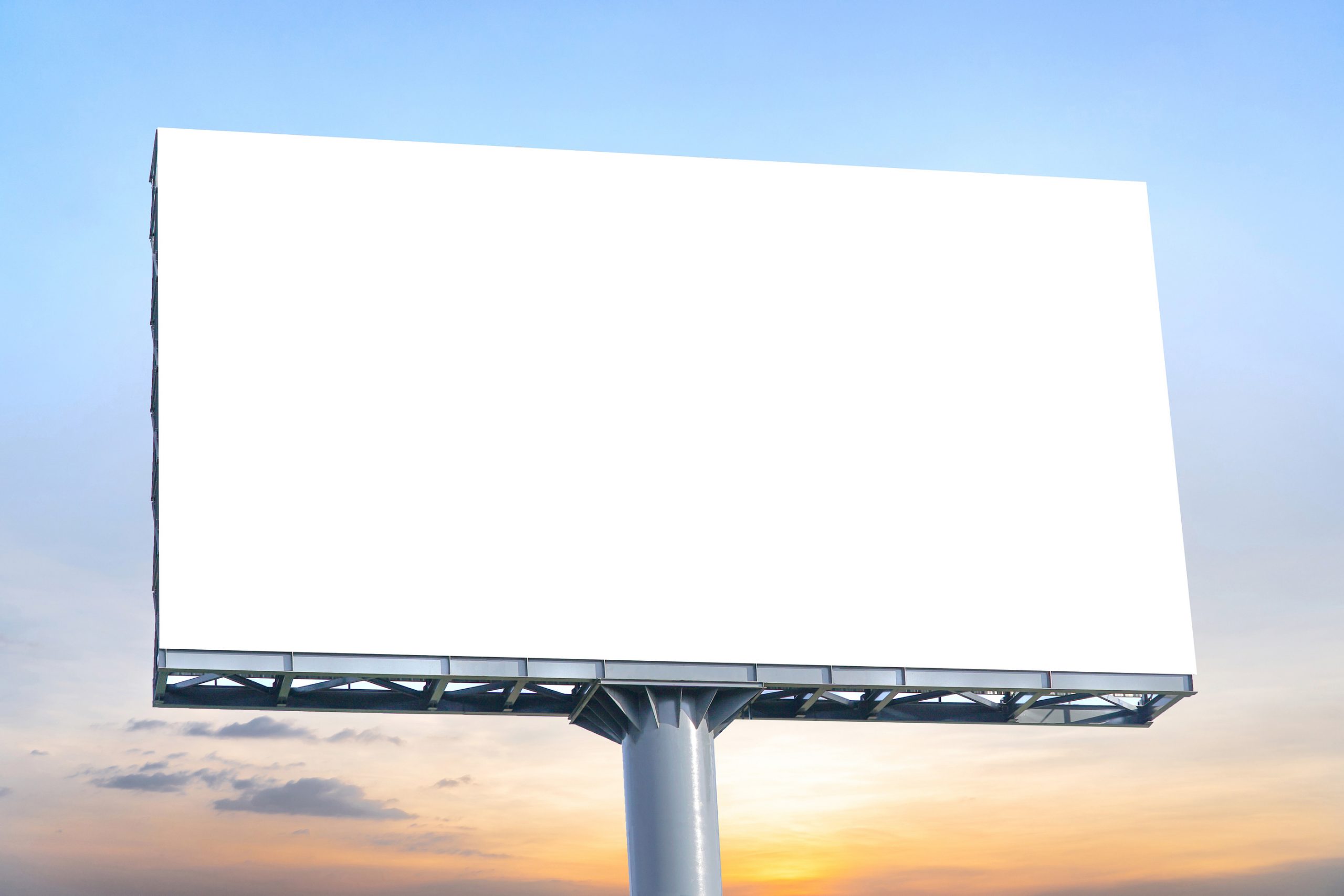
Marketing Focus – Advertising
Today we’re shining the spotlight on advertising, the marketing method that first jumps to mind when you think of how to promote your business. We will take a look at the history, the definition of advertising and offer practical tips for how you can make advertising work for your business.
Definition – Advertisements are messages, paid for by those who send them, intended to inform or influence people (Advertising Association)
The first advertising was seen in the 17th Century when companies put notices in their shop windows. This moved on in the 18th Century to include hand-bills or flyers and the invention of the sandwich board. It wasn’t until the 19th Century that press advertising as we know it today got started and the 20th Century brought mass media with many options for advertising and more and more advertising is now being undertaken online.
Advertising is an important marketing tool because it allows you to promote your brand, product or service in a controlled way to a large audience at a relatively low cost per number of people reached. The goal is to communicate effectively with your audience and change a person’s belief, attitude or behaviour and encourage them to act.
Making advertising work for you
All advertising should aim to be both:
Effective – i.e. achieve your objectives
Efficient – i.e. using your resources the best way possible to achieve your objective with the minimum effort/expenditure
Many people I speak to say that “Advertising doesn’t work” but I really don’t believe that huge corporations would be spending all that money if that was the case! Here are some suggestions for making your advertising work for you:
1. Before you start, set SMART Objectives (Specific, Measurable, Achievable, Realistic, and Timed) for your campaign. For example, do you want to simply build your brand, position the company, educate your audience or generate enquiries? If you want to generate enquiries, how many do you want, how will you measure it and what period will you run the campaign for? Once you have decided this, it will influence what type of advertising you use and what other methods you combine it with.
2. Understand your audience and what they want and use a strong call to action to make the most from your budget. This action should be measureable e.g. visit your website, enter a competition, call a number or buy a product and it should also be appealing to your target market.
3. Spread your advertising over several media over a longer period of time, rather than using all the budget in a big hit. This generates the impression that you are promoting yourself without exhausting your budget, overstretching your staff or saturating the market.
4. Plan your budget carefully and negotiate with the media for the best possible price.
5. Use a marketing mix, rather than relying on advertising alone, to boost the effectiveness of each element. For example, make sure that you network during your advertising campaign to capitalise on the awareness building and find out if you can have editorial (press release or article) in the media with your ad. Consider direct marketing by post or email to supplement your campaign.
6. When producing your ad try to:
- Be creative and stand out from your competition
- Grab your audience’s attention, arouse interest and put across your central message quickly and succinctly
- Think about how your product or service solves a problem, as this is a very effective way to advertise
- Portray a positive brand image in the style, layout and tone of voice you use
- Create a strong call to action
7. Measure your response – this is something most companies fail to do and it means that you don’t know what is working for you. If you are using a number of publications consider giving them a different call to action, reference number, or email address so you know where the lead has come from, ask all enquirers where they heard about you (be specific), or use one media at a time to compare the response with each.
Where can you advertise?
There are seven main media for advertising – Newspapers, Magazines, TV, radio, cinema, outdoor (billboards etc) and the Internet.
Press advertising is still the most heavily used advertising medium, as it is relatively cost-effective and easy to produce, but it is decreasing in popularity. As you’d expect, internet advertising is the fastest growing advertising medium in terms of expenditure, but still represents a small percentage of spend. They each have different strengths and weaknesses, so you need to understand each one to be able to choose the right medium for you. By using a combination of the media above you can benefit from their strengths and overcome the weaknesses of each individual media type.
I hope this has helped you understand how to use advertising effectively for you.
If you need any support with Costa del Sol advertising planning, production and media buying please contact Shaw Marketing Services by email info@shawmarketingservices.com or call 685 719 136



Pingback:Top Ten Marketing Tools